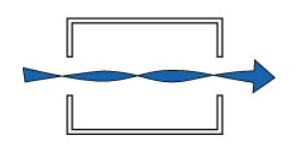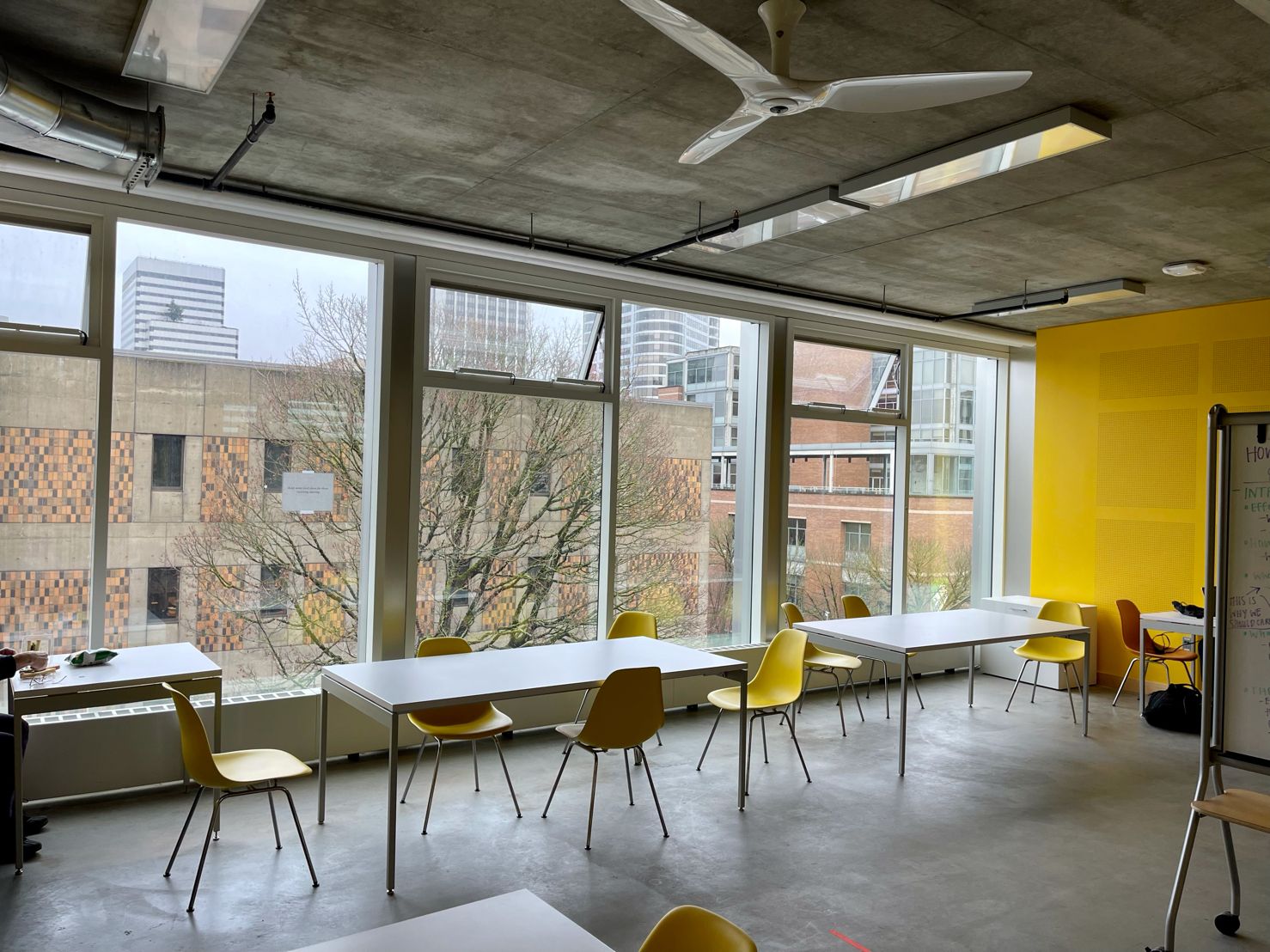Natural ventilation was born and developed through the years as an answer to the
need to automatically operate windows and grant complete tightness once closed at
the same time.
In one of our most recent articles [to be linked once published] we introduced natural
ventilation and talked about the benefits of using such a method for both the Planet
and our health.
In the next lines we will dig deeper into this topic and explore the various types of
natural ventilation that you can use to achieve a good airflow for your
environment.
How natural ventilation works
It’s important to remember that the way natural ventilation works is by essentially
cooling a space without using mechanical energy, so that wind can easily get
into and therefore ventilate any room or building simply by entering or leaving its
open windows, depending on their orientation.
With that being said, we remind you that ventilation effectiveness actually
depends on wind speed, but also both on the angle at which the wind strikes the
window and on the position and size of the windows themselves.
How to create natural ventilation
There are many useful ways to achieve natural ventilation, since like we previously
said its main aim is to exploit the power of wind so that a house, a classroom, an office or even a
hospital can manage to stay cool without relying on mechanical systems.
So, if you are wondering how you can possibly create natural ventilation without
employing any mechanical process, in the next paragraph we will get you through
four types of natural ventilation that you can fully rely on for the aeration of your
building.
Types of natural ventilation systems
1. Single side ventilation
This type of ventilation system is applied to rooms with one or more windows on the
same facade, and in order to obtain good ventilation results, the maximum width of
the room shall not exceed 2.5 times its height.
Keep in mind that this single side ventilation is actually not recommended for
meeting rooms and classrooms.

2. Cross ventilation
Cross ventilation is ideal for rooms with windows that are located on opposite sides
of the room.
This solution takes advantage of the wind pressure that enters directly through
the occupied space and flows out through an opening placed on the opposite side of
the building.
To make the most of cross ventilation, room width needs to be 5 times larger than its
height.

3. Stack ventilation
Stack ventilation exploits the superposition principle and creates airflow using the
natural force emerging from changes in air pressure, temperature and density.
To make the most of this type of natural ventilation system, room width needs to be 5
times larger than its height and the roof windows need to be installed properly in
order to increase the natural ventilation effect.

4. Hybrid ventilation
Hybrid ventilation is a combination of natural and mechanical ventilation.
Here, natural ventilation is used for most part of the year, enabling fresh air to come
in from outside the building.
As a result, mechanical ventilation needs to be involved just to extract exhaust air.
Principles of natural ventilation
Keep in mind that natural ventilation is maximized by cross-ventilation, and
since in normal wind conditions the side of the building from which the winds comes
in is subject to a positive pressure, while the opposite side has a zone of negative
pressure, installing adequate window openings on these two sides of the
building is crucial to encourage a positive flow of air inside the room.
Naturally, the interior layout of the building must allow air to easily flow in, and
interior doors that occur in the ventilation path must always be kept open.
If you found this information on the principles of natural ventilation useful for your
purposes and are interested in discovering the best possible types of natural
ventilation for your building, we invite you to visit our website and learn more about
our window automation technologies.

